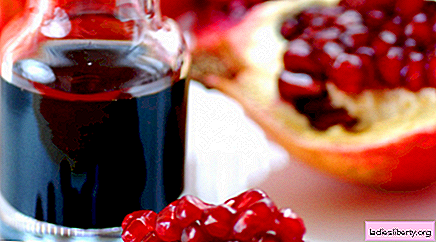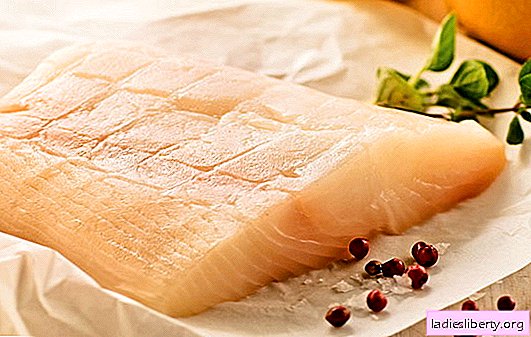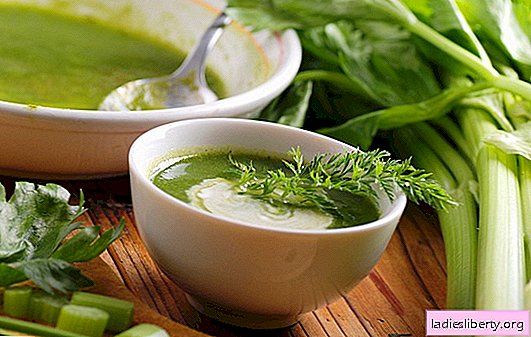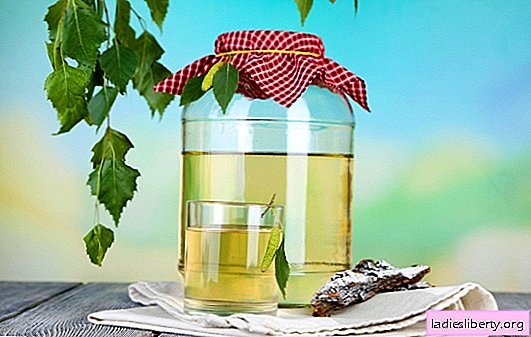
One of the most important objects in the history of mankind are plants. From ancient times, people grow, collect and harvest herbs for use in food, treating ailments, as industrial raw materials, for combating enemies and pests, as well as for decorative and environmental purposes.
In the current article, the author identified the ten most useful herbs for a person who was born and lives in a temperate climate zone.
Chamomile (Matricaria recutita)
A plant with a peculiar smell. The Latin name comes from the Greek word "mother", which is associated with the medicinal properties and value of the plant. One of the active ingredients of chamomile essential oil is terpene bisabolol, including farnesin, flavonin and coumarin. It is used in herbal medicine for gastrointestinal diseases and as a sedative for mental disorders and stress, as a mild laxative, anti-inflammatory and bactericidal. It can be consumed as part of herbal tea. It should be dried at low temperatures in order to avoid evaporation of the volatile components of the plant. Chamomile is also used in perfumes and porcelain production. It is eaten by cattle and gives milk a bad aroma.
Liquorice (Glycyrrhiza glabra)
She is - Naked licorice. A perennial plant, the powerful root of which is used in medicine as an expectorant, somewhat diuretic, carrying agent. It can be used as an antidote for mushroom poisoning, as well as in the fight against tetanus toxins. Favorably affects the metabolism. Licorice extract soothes pains, but can disrupt the water-electrolyte balance, increase pressure in the circulatory system. It is also used as a sweetener in the manufacture of sweets, lemonade. They are added to the mixture of fire extinguishers as a foaming agent, used to combat sulphate fog and for other purposes.
Common Fennel (Foeniculum vulgare)
Widely known, pharmacy (Voloshsky) dill. Rich in essential oils and vitamins of groups B, C, E, K. The plant is cultivated by man. In the wild, it grows in the subtropics. It has a specific aroma and flavor. It is used in cooking as a vegetable and as a seasoning. In medicine - essential oil and fruits. Fennel oil is included in the licorice root syrup, and the branches and stems are knitted in bath brooms. Fruits are used as a laxative. And dill water will save the child from flatulence. A dill bath is useful for disorders and hypersensitivity of the nervous system. The Greeks call fennel the word "marathon" - means "plain with fennel", as well as the site of the famous battle. The name of the sporting event came from here.
Avran officinalis (Gratiola officinalis)
A holarctic species, a perennial herbaceous plant, it is popularly called Bozherevo. Grows in humid places. The whole plant is poisonous, thereby interesting for medical purposes. For these needs, before flowering, at the time of the highest concentration of substances, the ground parts of the plant are collected. Galenic preparations (tinctures, extracts, etc.) which have a cardiotonic effect, have pronounced, diuretic, helminthogonous properties. It is used for heart defects, hepatic ailments, stimulation of labor. And also, externally - for the treatment of skin diseases and injuries.
Due to the significant toxicity of the plant, one should be careful even with dried preparations.
Cornflower blue (Centaurea cyanus)
According to the myth, a centaur named Chiron healed his wound with this plant, and before that, the properties of a cornflower hidden to people were discovered. It is considered a useful weed. It has diuretic, weak choleretic and anti-inflammatory properties. It is noteworthy that decoctions treat inflammatory diseases of the eyes. Compresses are used for skin diseases, ulcers and female bleeding. Grown and for decorative purposes. Salads are also decorated with edible flowers. Good honey plant. Appreciated for its blue pigment.
Alfalfa (Medicago sativa)
Clover-like, flowering perennial. Cultivated as a forage crop. One of the most valuable for field grass planting. Alfalfa hay contains as much protein as chicken eggs. And a lot of vitamins, phosphorus and calcium. The high feed value of alfalfa is combined with high productivity. It grows very quickly and can provide gentle and nutritious food during the summer. The magnificent honey plant. The Latin name comes from the Greek "medicai" - the Mead grass, as it was brought to Europe from the Medes (Iran).
Marshmallow pharmacy (Althaea officinalis)
From the ancient Greek "altein", which means "to heal." Obviously widely used in medicine. The roots of the plant contain mucous substances; therefore, preparations from the marshmallow are traditionally used to mitigate irritation of the mucous membranes, including use as a rinse for mouth, throat and stomach ulcers. The root is used to treat sore throats and as an expectorant. Also, fibers are obtained from the stems of the plant, and oil is obtained from the seeds. Flowers and tops can serve as a dye of woolen products in red tones. Marshmallow is also grown as an ornamental plant.
Peppermint (Mentha piperita)
Hybrid type of mint. As raw materials, leaves are usually used. It is used as a painkiller and for rinsing teeth. Preparations of litholytic action or sedative are made from mint, which are used for pranks of the heart, tachycardia, and insomnia. Menthol is extracted from peppermint oil; it is a component in medicines as an antibacterial and antiflogistic agent. It is menthol that activates cold-sensitive receptors. Add dried mint to tea, it is perfect for everyday use. Its pleasant aroma is able to improve memory and attentiveness.
Cinquefoil white (Potentilla alba)
It is used in folk medicine for the treatment of thyroid gland, in particular hyperteriosis. It has antibacterial activity, is used for gastrointestinal diseases, for the prevention and treatment of liver ailments, cardiovascular failure, as well as an antiseptic and a medicine for wound healing. In addition, the cinquefoil is able to remove radioactive nuclides from the body due to the thyrotropic activity of the roots.
Stinging nettle (Urtica dioica)
From the Latin "urere" - "burn", "burn." It is a medicinal, vitamin, food, fodder, coloring, cosmetic plant. It is rich in proteins; in this indicator it is not inferior to legumes; vitamins of groups B, A, C, K, as well as trace elements. Often used in folk cuisine. Of great importance in medicine. Recommended as a diuretic for diarrhea, fever, anemia, gout, rheumatism, burns, purulent wounds, skin diseases and hair loss. The plant has a phytoncidal effect. Nettle juice is used as a hemostatic agent. For thousands of years, light, elastic fiber has been extracted from nettles, clothing is made, and green paint from leaves. Nettle is also suitable for making paper.
It is impossible to overestimate the importance of plants in people's lives. They provide the oxygen that we breathe, again, the food we eat and the health we spend. Thanks to them, we live. Therefore, they are obliged to protect and increase the green wealth of the planet we inhabit.











